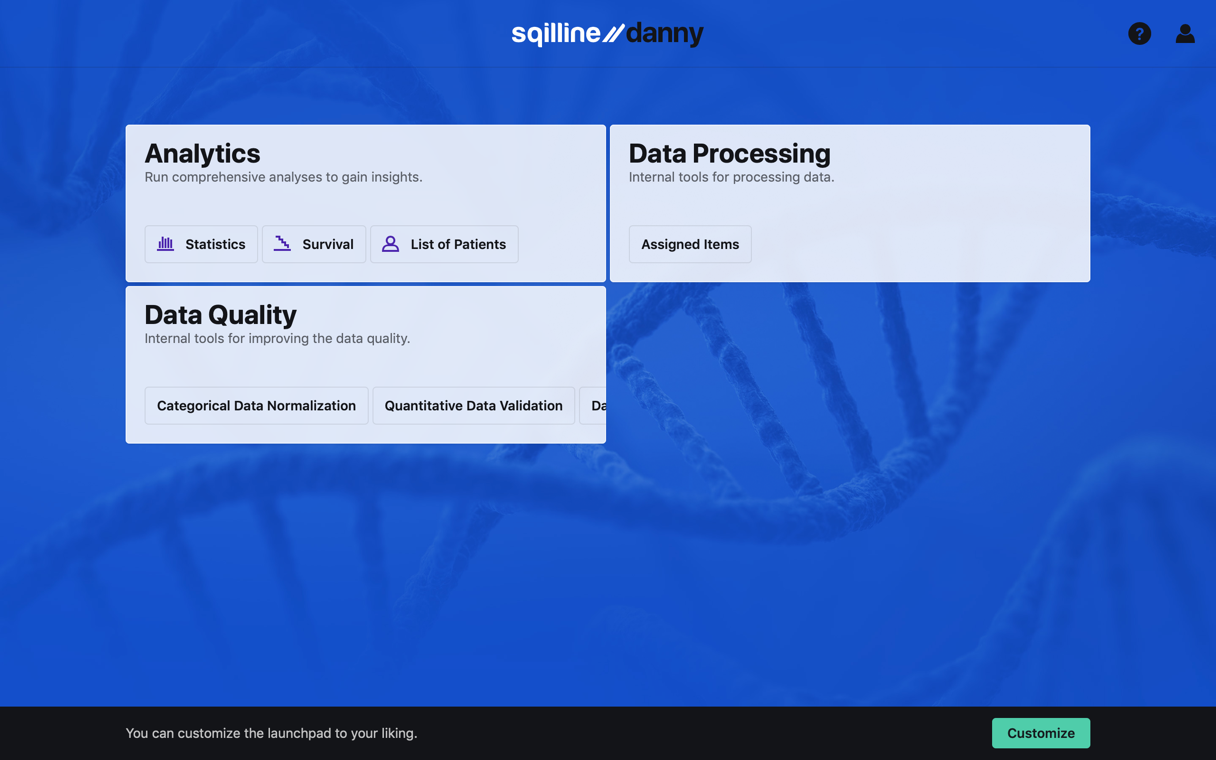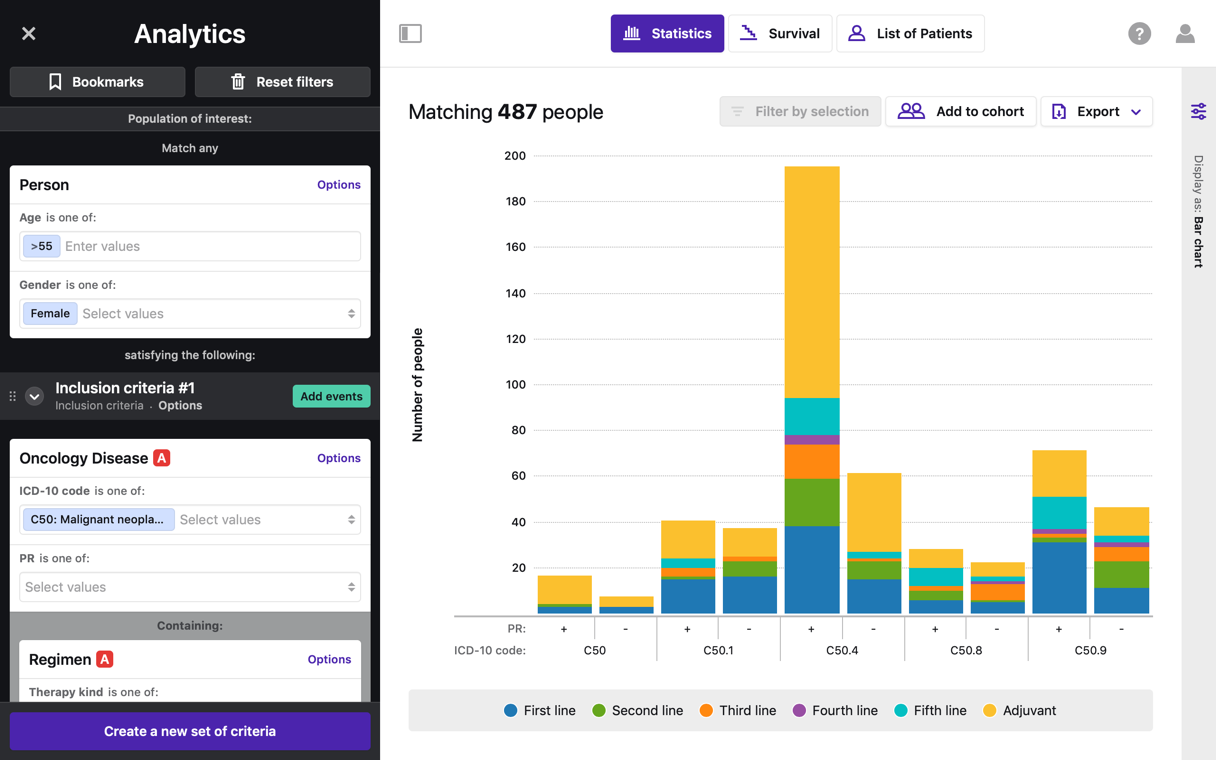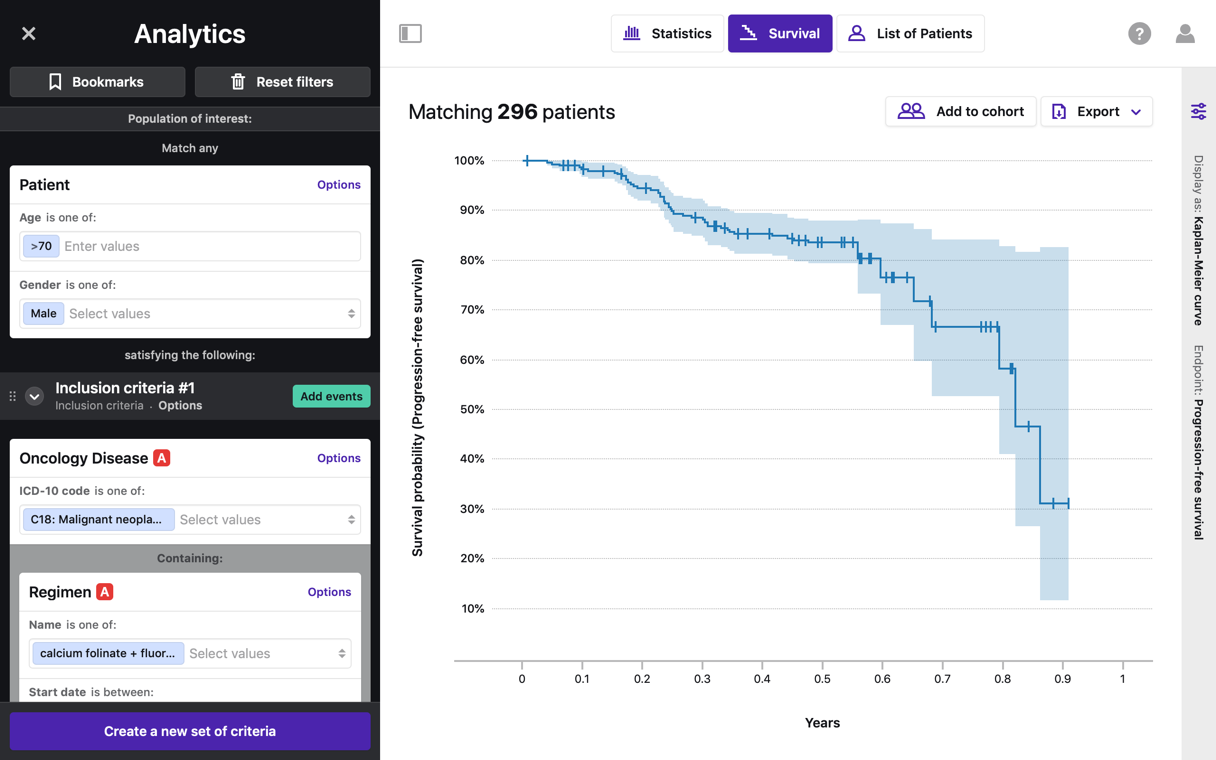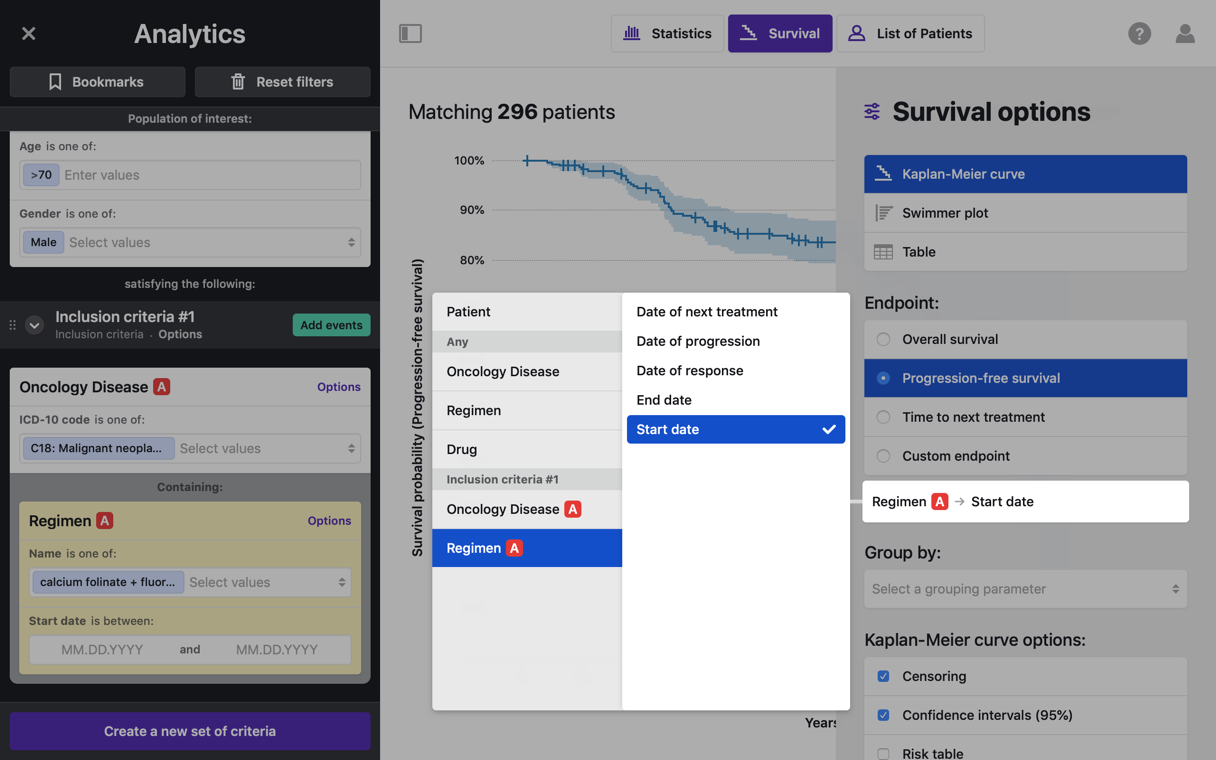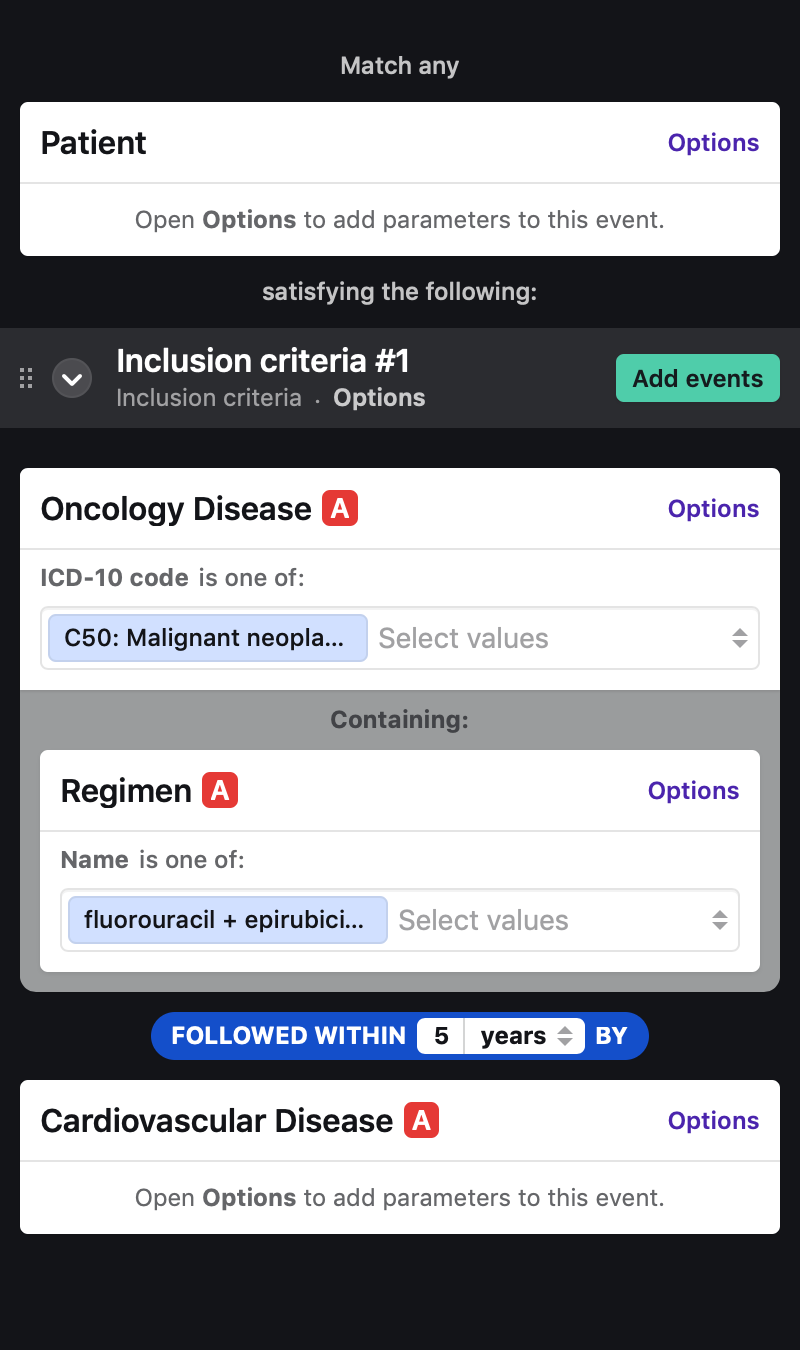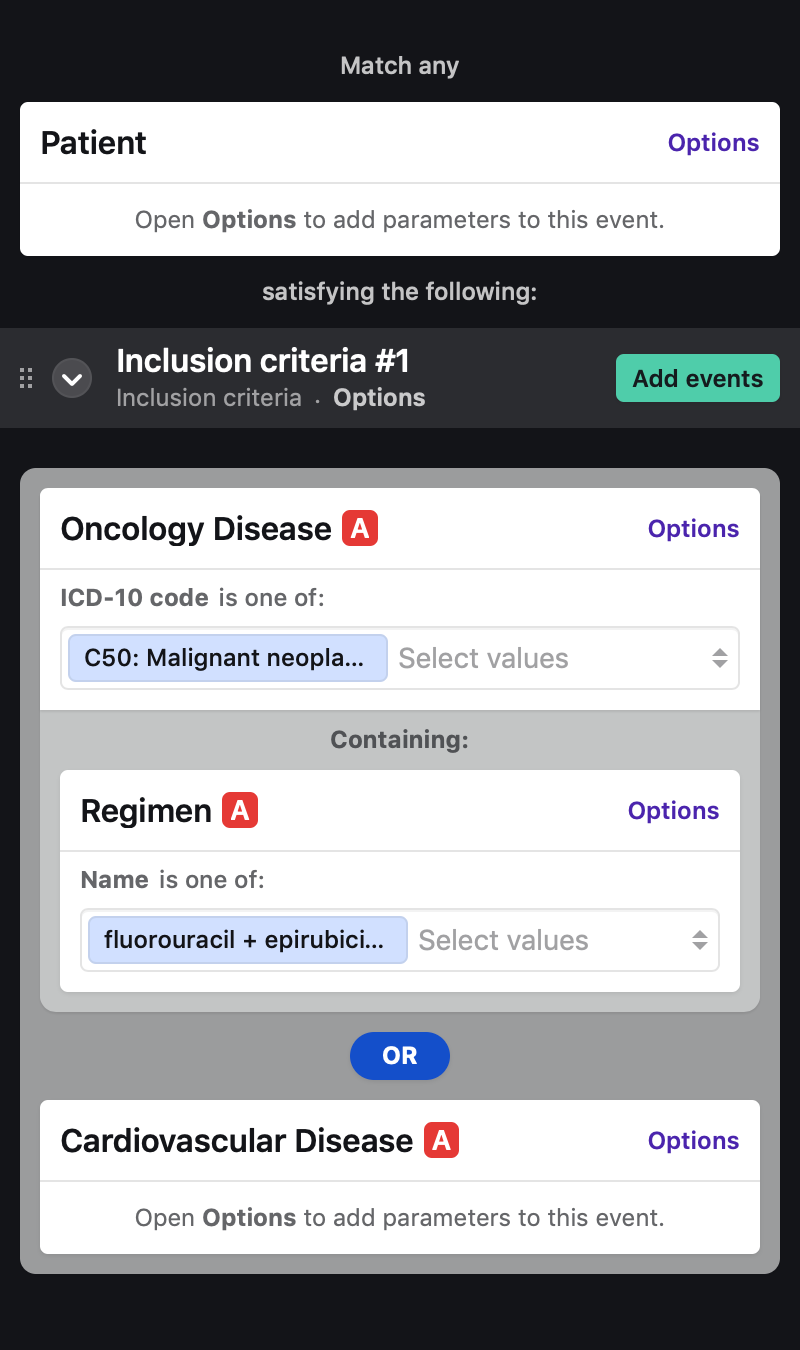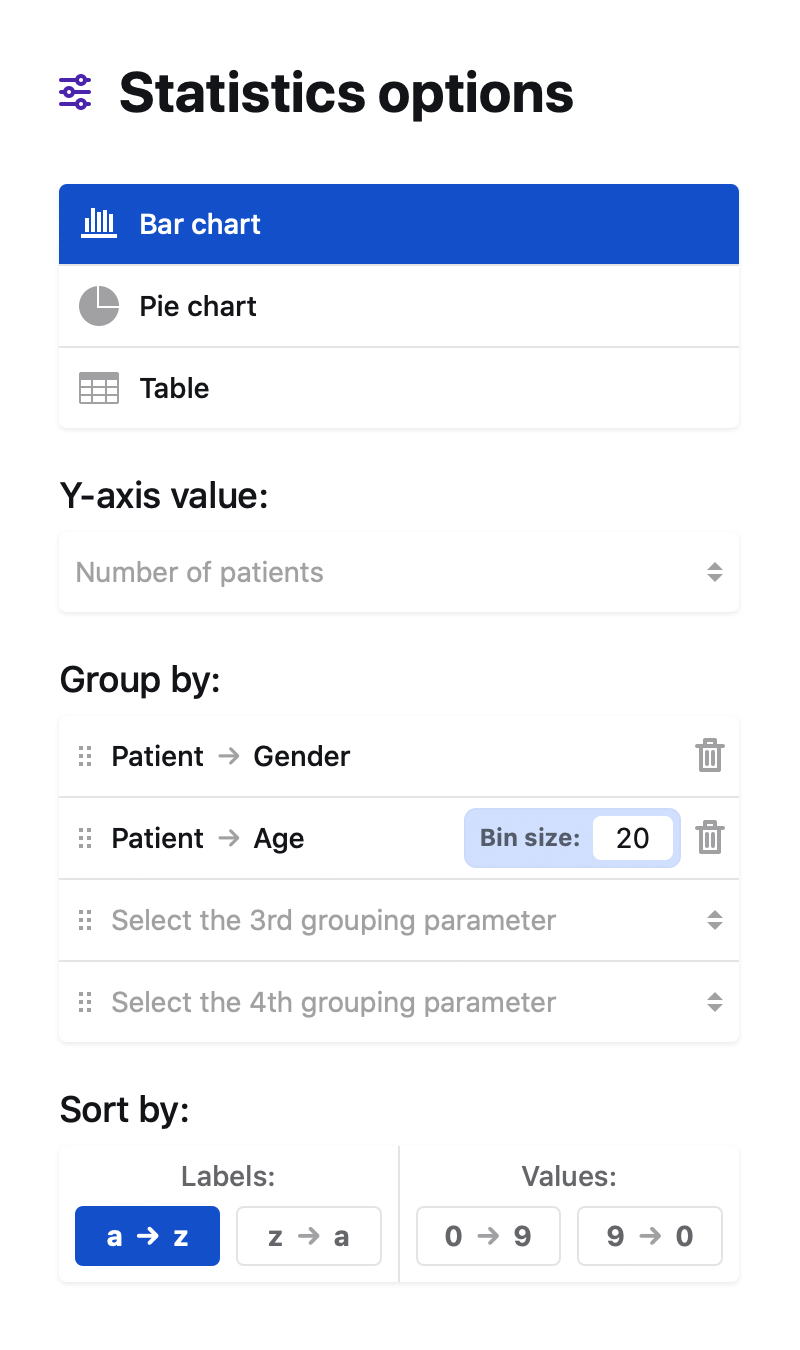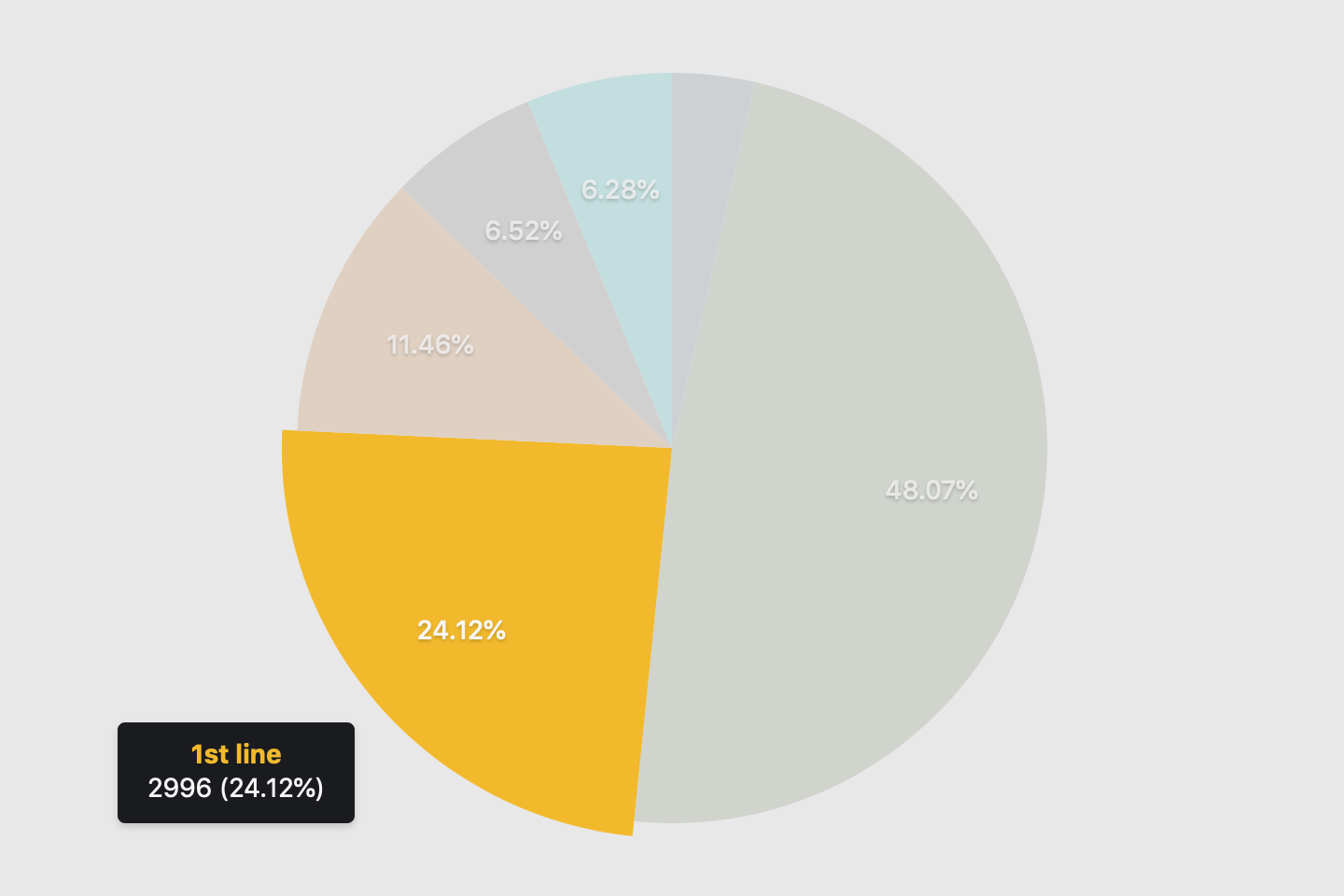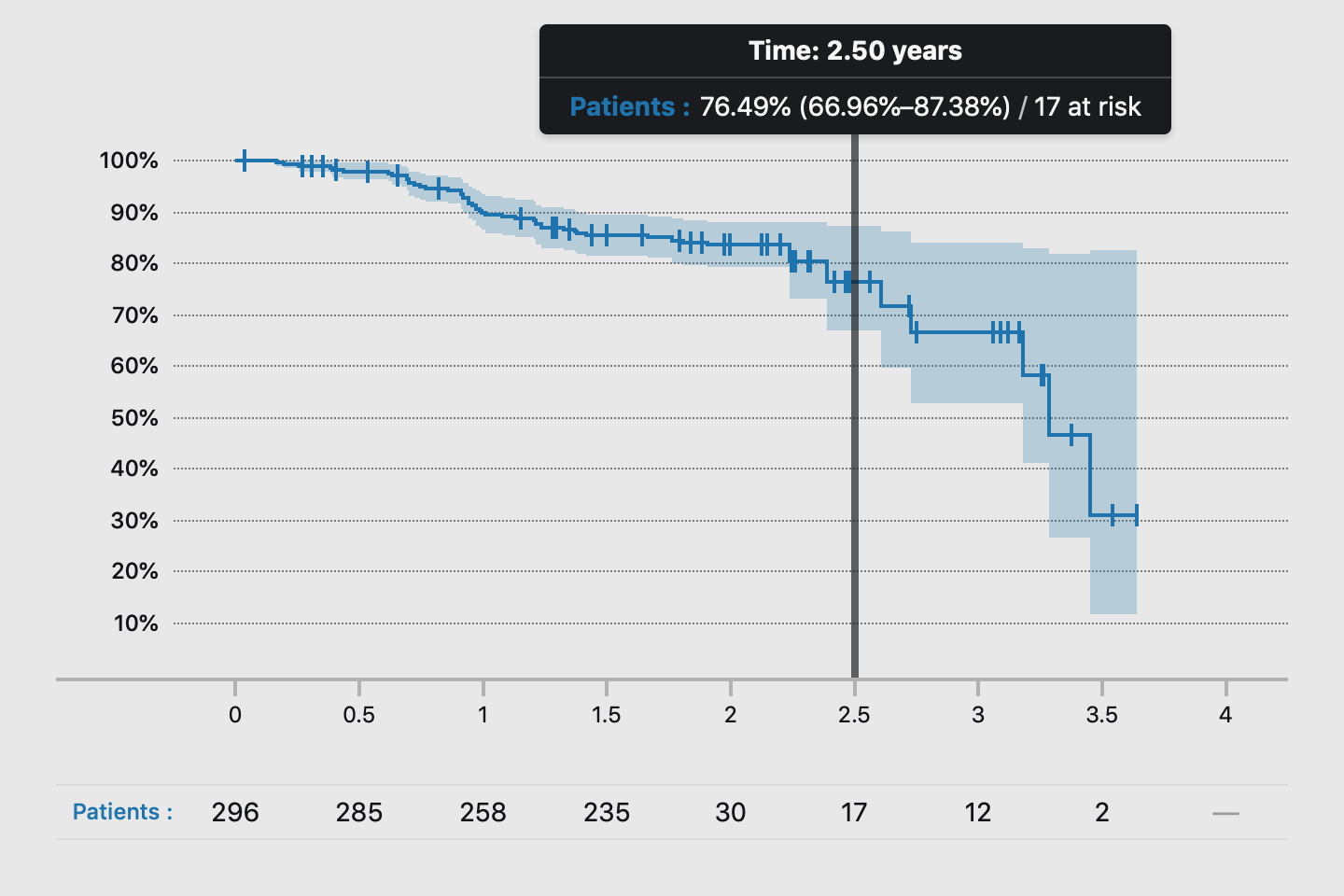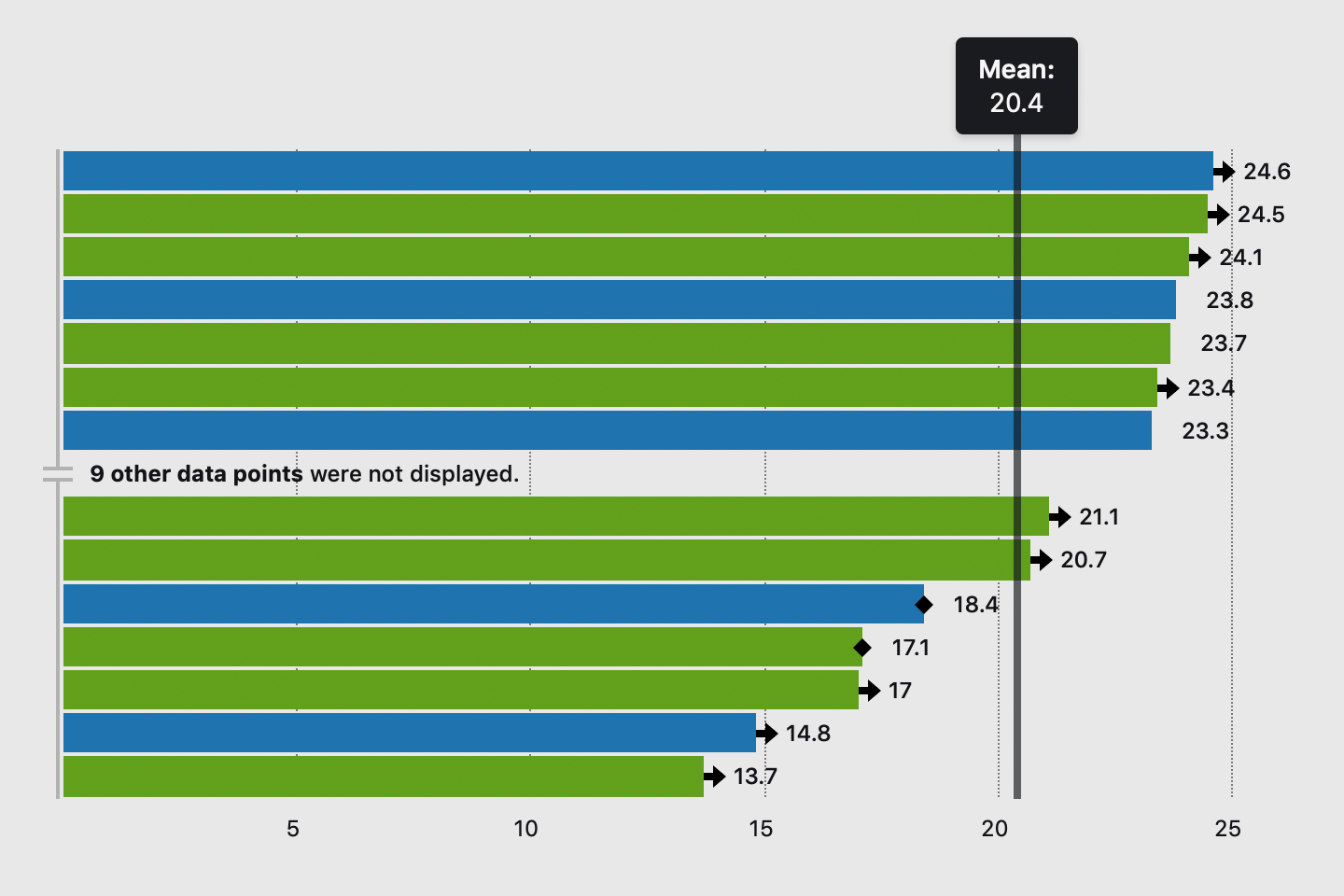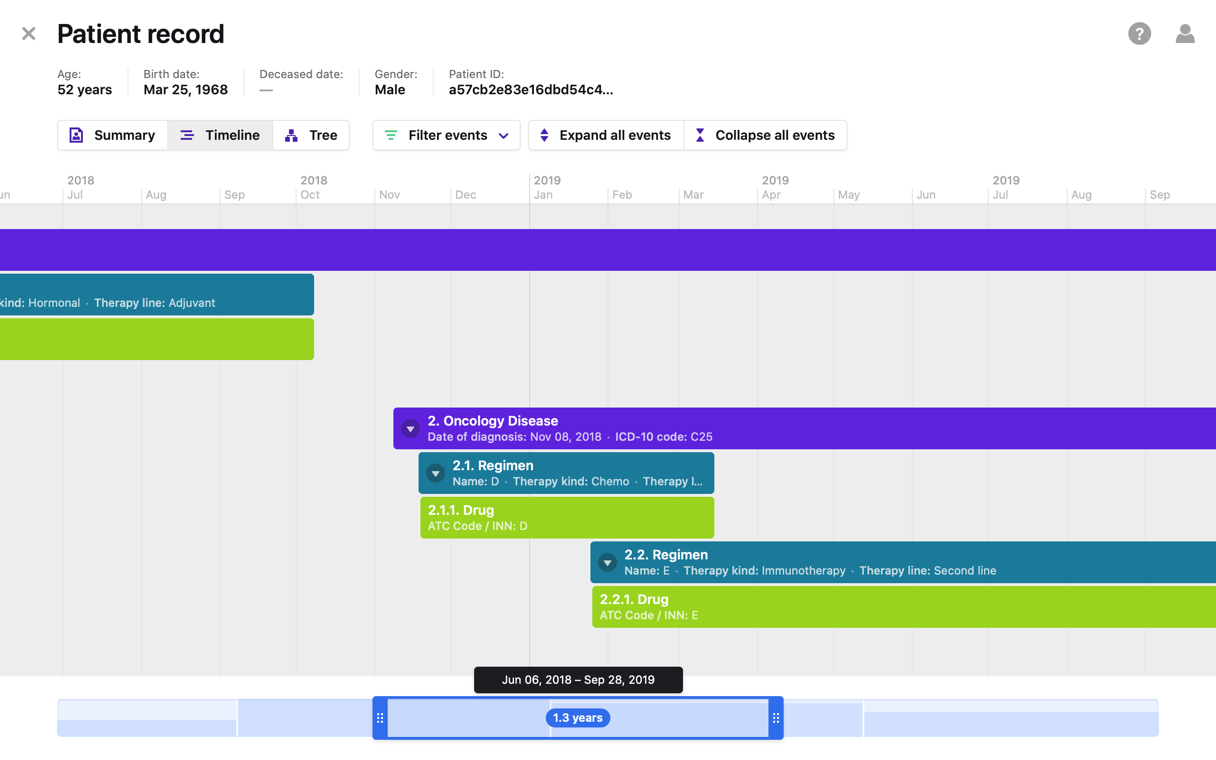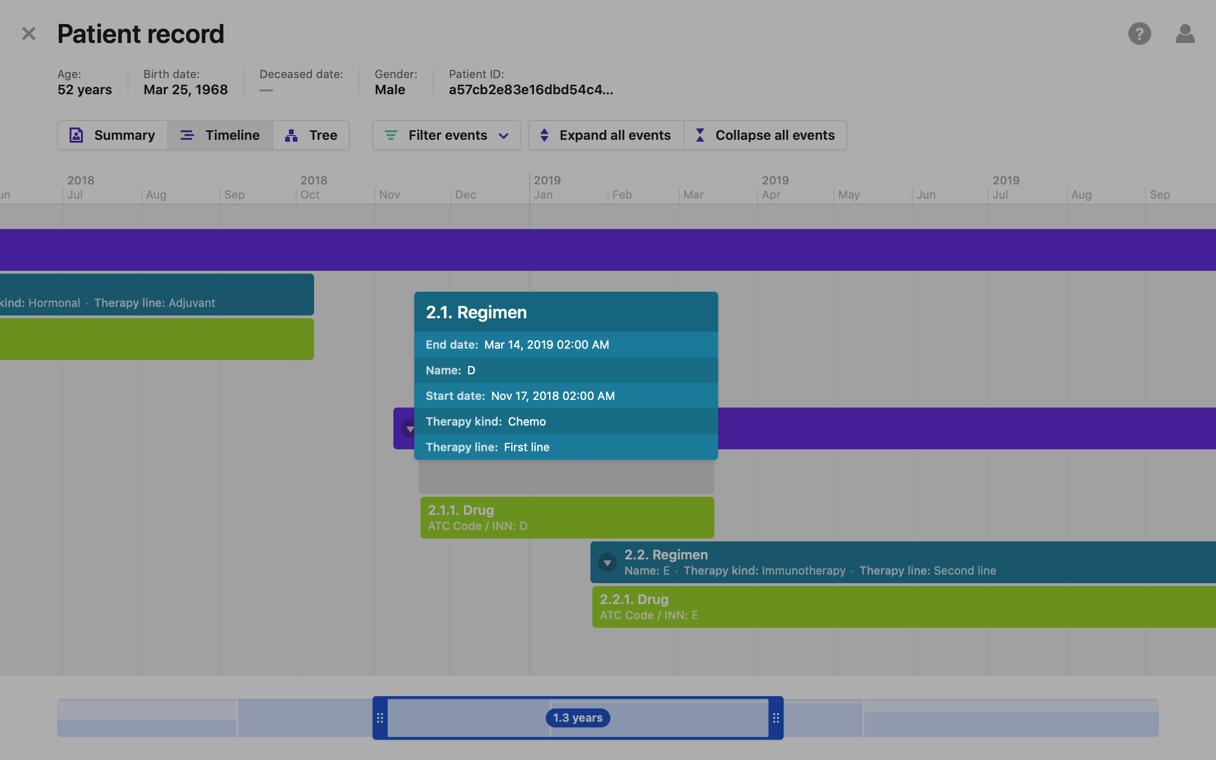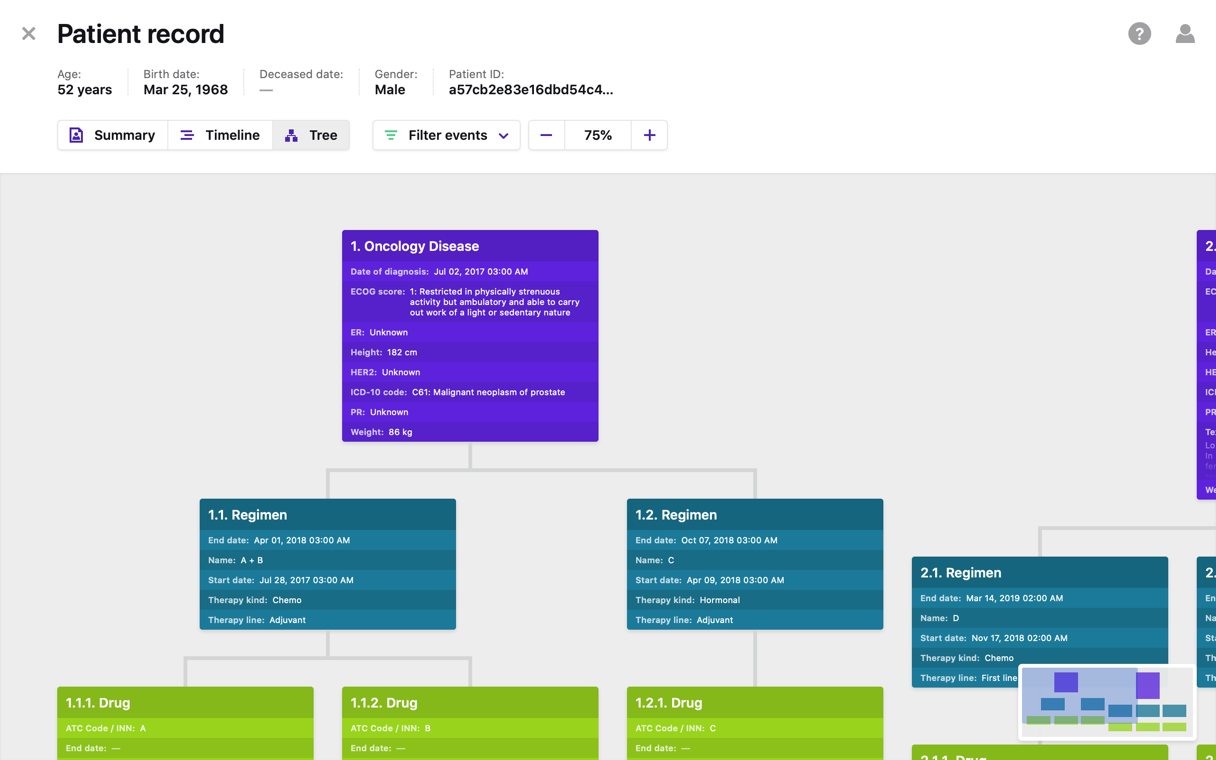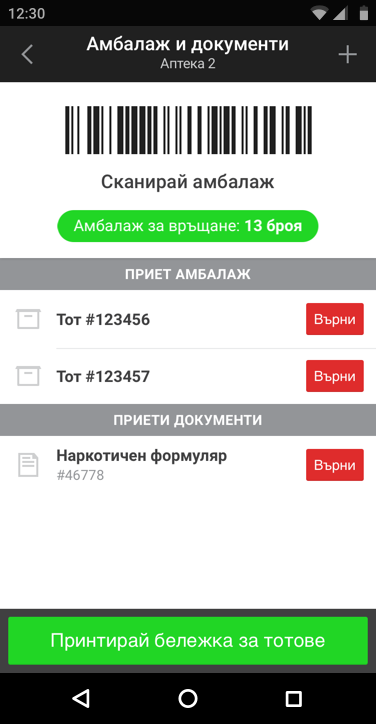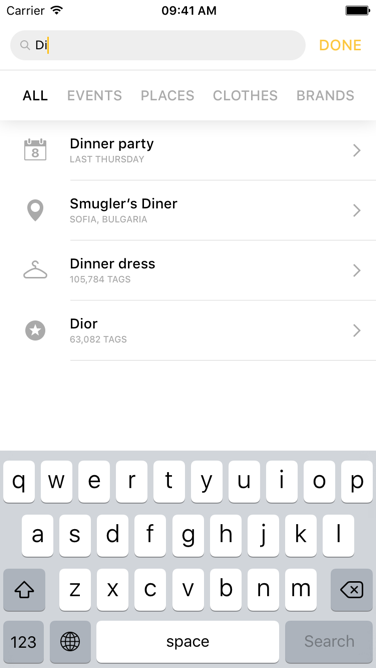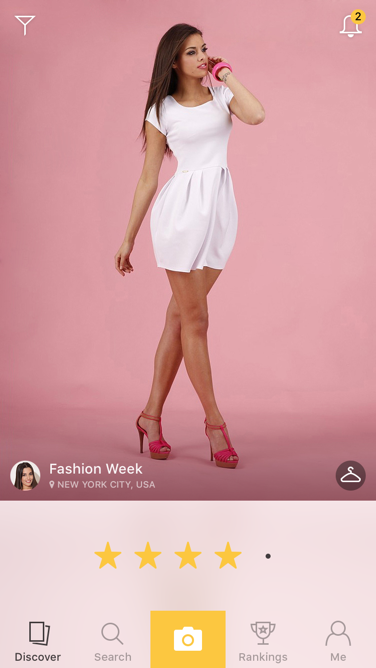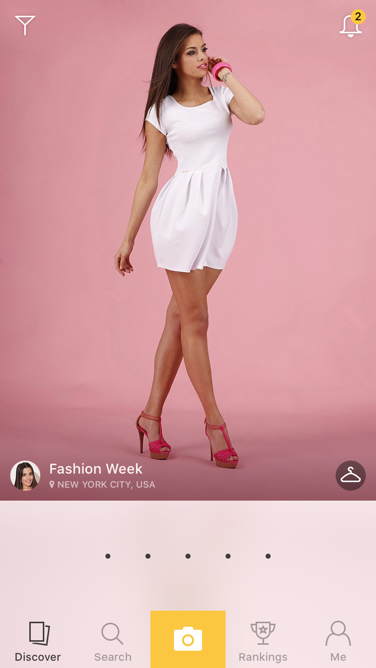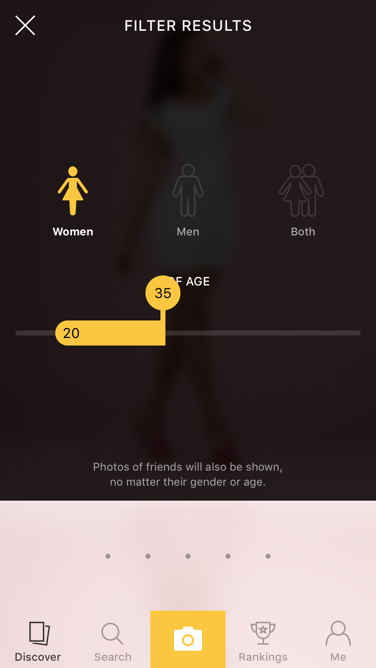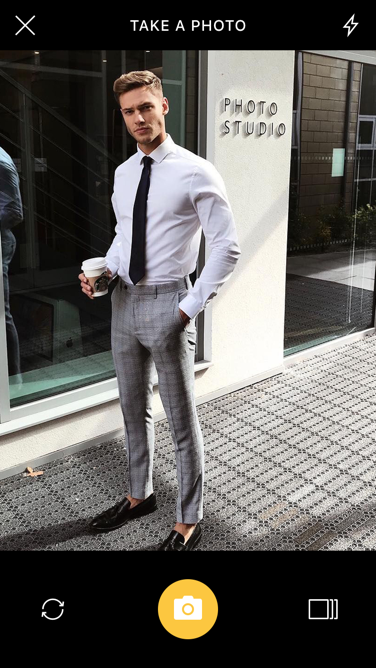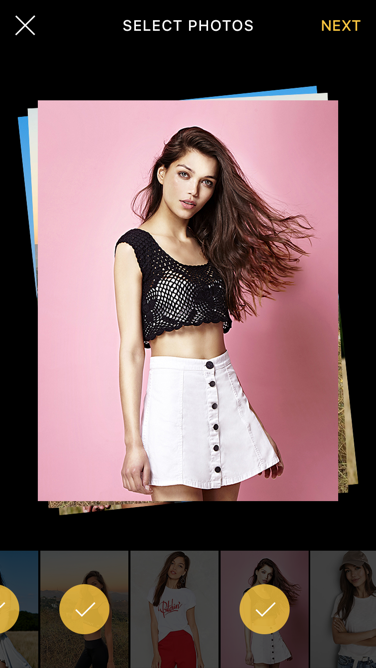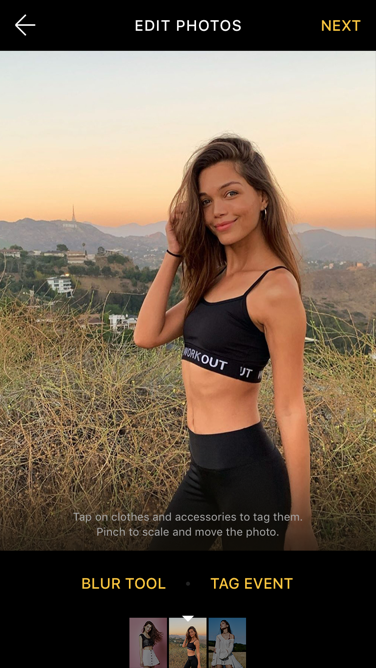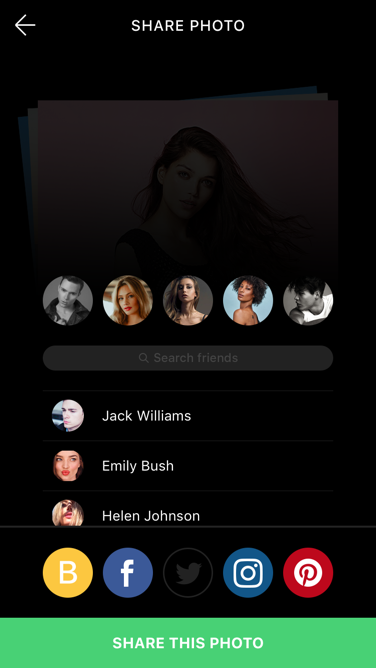Danny
Analytical platform for
real-world health data.
- Product strategy
- User research
- Wireframing and prototyping
- User interface design
- User interface development
- Data processing and analysis
The project: Danny is a platform focused on the collection, processing, interpretation, and visualization of real-world health data. It integrates with existing hospital information systems to make sense of the data already stored there. It is now being used for observing clinical patterns, evaluating treatment outcomes, facilitating patient recruitment process for clinical studies, and sourcing medical data for scientific publications.
The process: Working closely with a diverse team of developers, data scientists, managers, and external stakeholders, I spearheaded the overall design and direction of Danny. I was in constant contact with our partners and clients to acquire the necessary domain knowledge, to understand their needs, goals and pain points. Every new project was kicked off by a careful research phase, after which I worked with managers to define and evaluate the business requirements. Next, I conceptualized and prototyped any new features, and presented them to the team. Incorporating their feedback, I then designed and built the user interface, while simultaneously working with my developer teammates to guarantee the smooth integration within the platform.
Sopharma Trading
Mobile application for
goods delivery.
- Wireframing and prototyping
- User research
- User testing
- User experience design
- User interface design
- User interface development
The project: In 2015 I was invited to work as a consultant on a joint project commissioned by Sopharma Trading. The goal was to entirely redesign the internal mobile application for their core business of delivering medical goods. Along with the development of the new software, we had to also rethink the entire business process guided by the following key principles:
- remove redundant steps to streamline the process and reduce mistakes;
- lower the use of paper by implementing digital documentation;
- track key events to gain business insights.
The process: The first phase of the project was focused on conceptualizing the new process and specifying the software requirements for the mobile application. A team including managers from across the company, delivery coordinators and drivers, software developers, and me was formed. For nearly five months we followed the Design Thinking methodology to gain insights into the problems of every stakeholder and find the right solutions to address them. We conducted interviews with multiple end users, and even spent a few days delivering goods ourselves to understand the context in which the software will be used. After the problems were clearly defined, we mocked up, prototyped, and user tested different ideas for the application. The final deliverable of the phase was a high-fidelity prototype and a user story map defining all the processes from the perspective of each stakeholder involved in the delivery process.
Once the business requirements were set, we continued with the final user interface design and the implementation of the new mobile application.
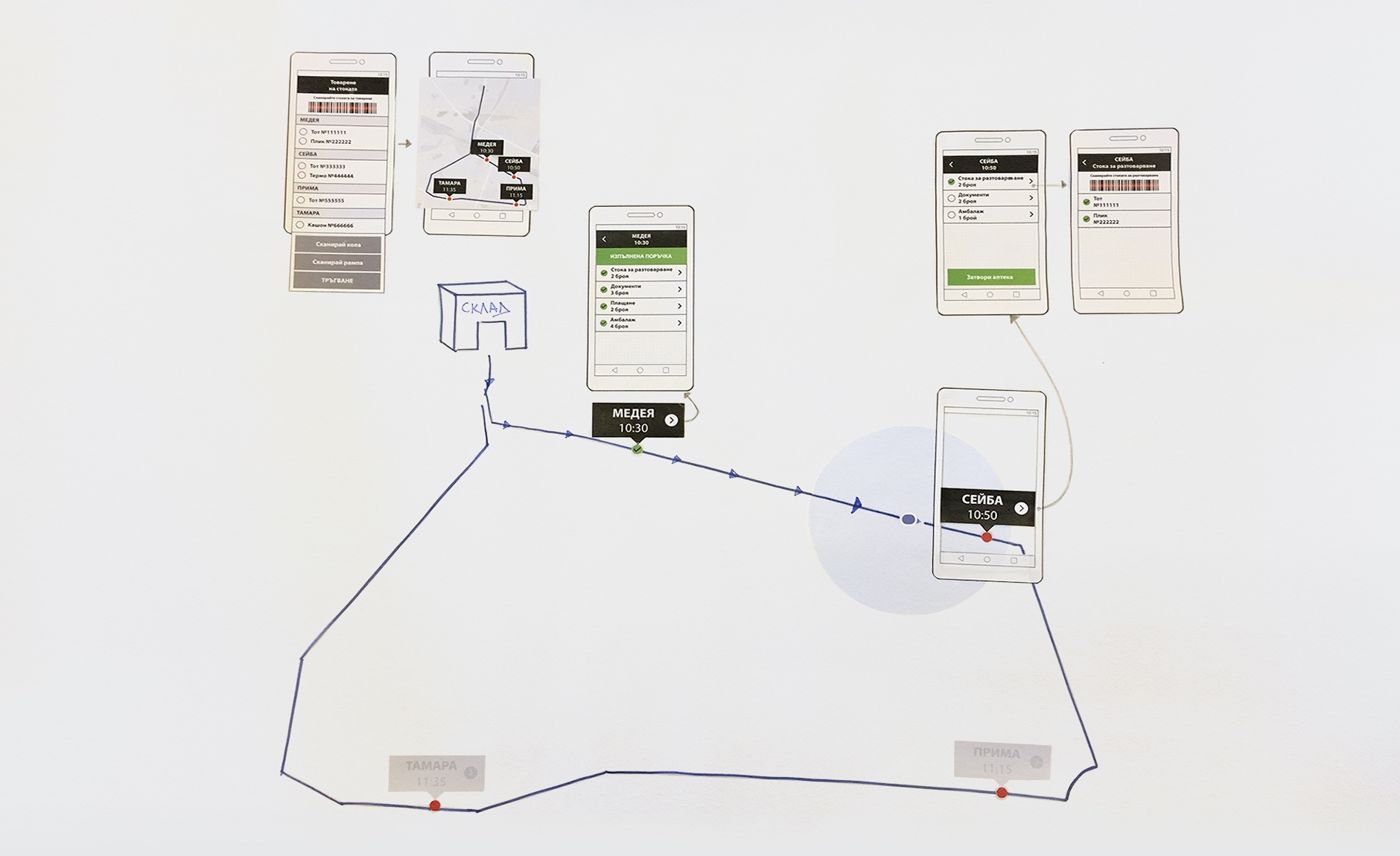
paper prototype poster created during the Design Thinking workshops.
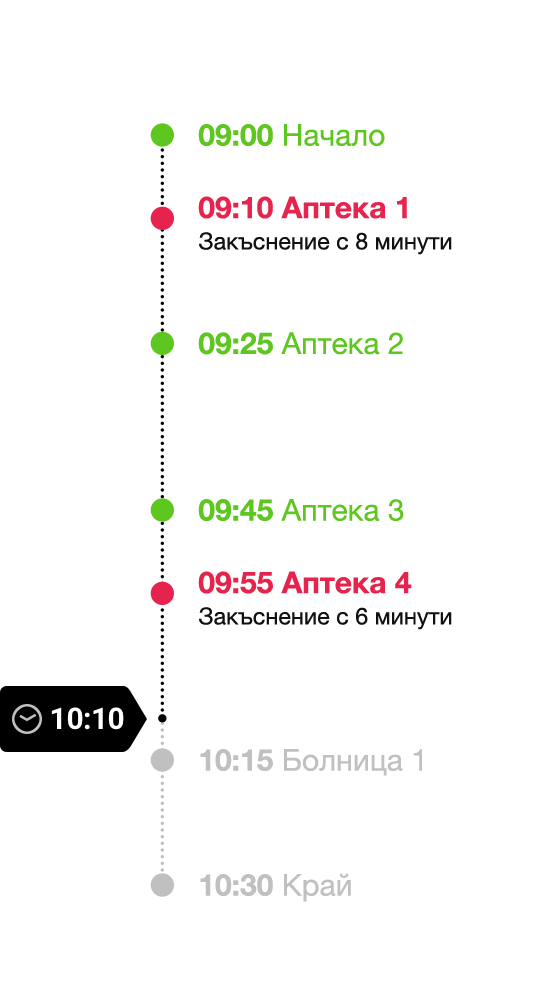
was prototyped and tested with drivers
but ultimately dismissed due to anxiety concerns.
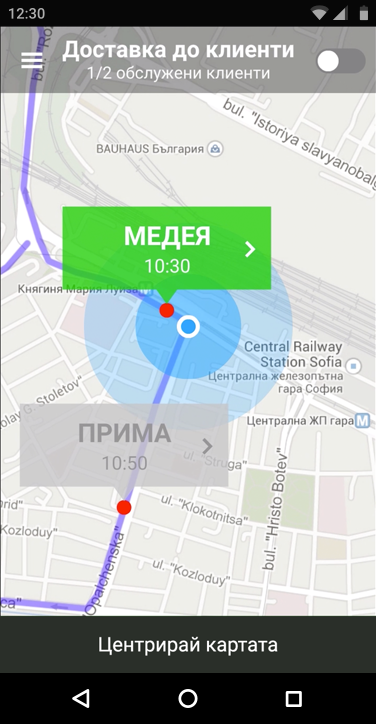
prototype of the new application was created
and presented to the company's management.
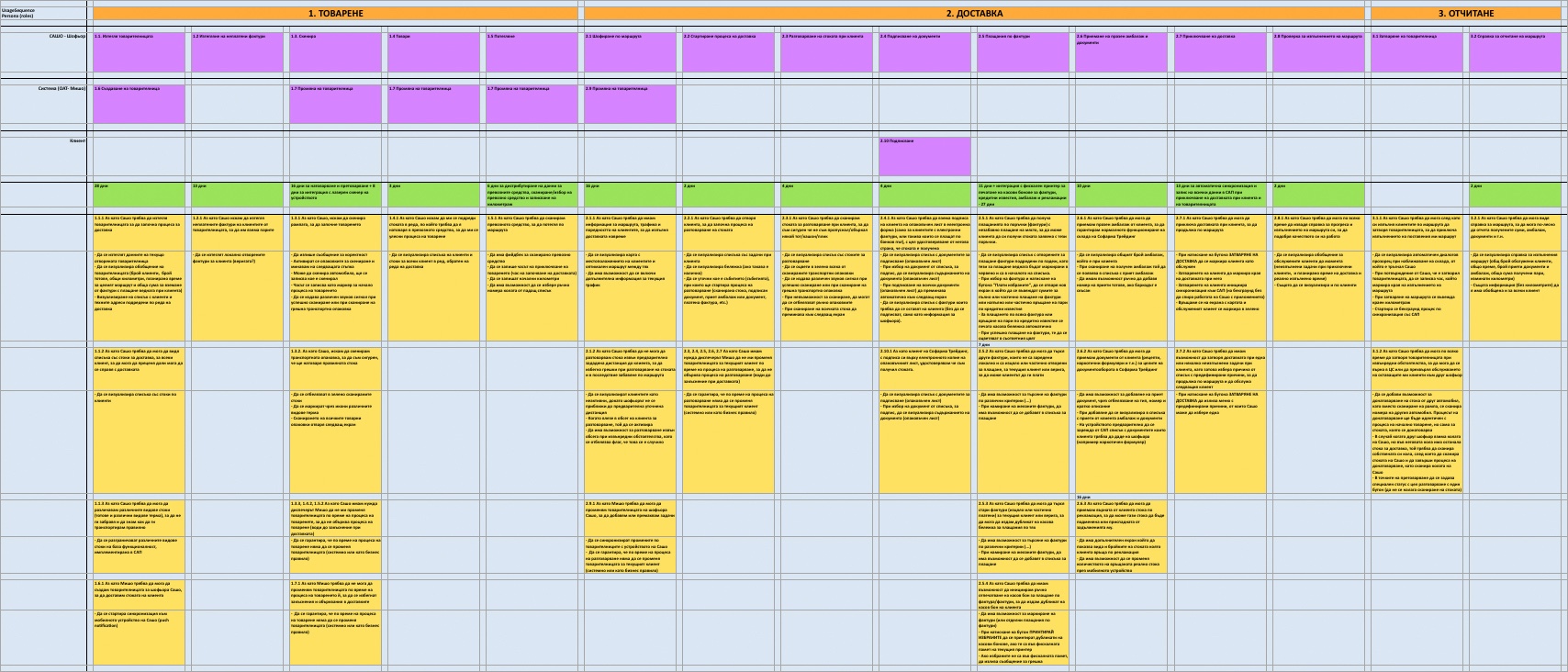
was a detailed user story map defining the process from
the perspective of all the involved stakeholders.
Bendi
Mobile social network
for fashion enthusiasts.
- Wireframing and prototyping
- User interface design
- Interaction design
The project: In late 2015 I was asked to design a social mobile application for fashion enthusiasts. The main concept was to allow people to share their outfits with friends and followers, and quickly receive feedback in the form of a rating. Because the potential users of such product were design-oriented people, the application itself had to look elegant and feel polished.
The process: After the project was kicked off I received rough sketches of the expected interface and user flows, which I then refined and communicated back with the client. I iteratively proposed a few design ideas for the application's main screen, and after the direction was clear, I continued with the visual and interaction design for the rest of the app. During the design phase I also mocked and prototyped some of the fundamental user flows of the application, such as the onboarding process and the photo sharing experience.
Enso
Mobile application for
intelligent music curation.
- Wireframing and prototyping
- User interface design
- Interaction design
- Web design
- Web development
The project: In 2015 I was helping multiple startups in Bulgaria to design their products, both conceptually and visually. One of them was Enso – an intelligent and personal music curation service playing the right songs for the right moment. My main responsibility was designing an elegant, simple, and engaging mobile application that recommends songs based on user's music preferences, current mood, location, and activity.
The process: After multiple brainstorming sessions with the co-founders of Enso, we finalized the concept for the product. We sketched application ideas and iteratively prototyped them. Next, I designed the user interface and focused on the interactions. During the implementation phase I worked closely with the developers to ensure the proper implementation of both the design and the interactions.
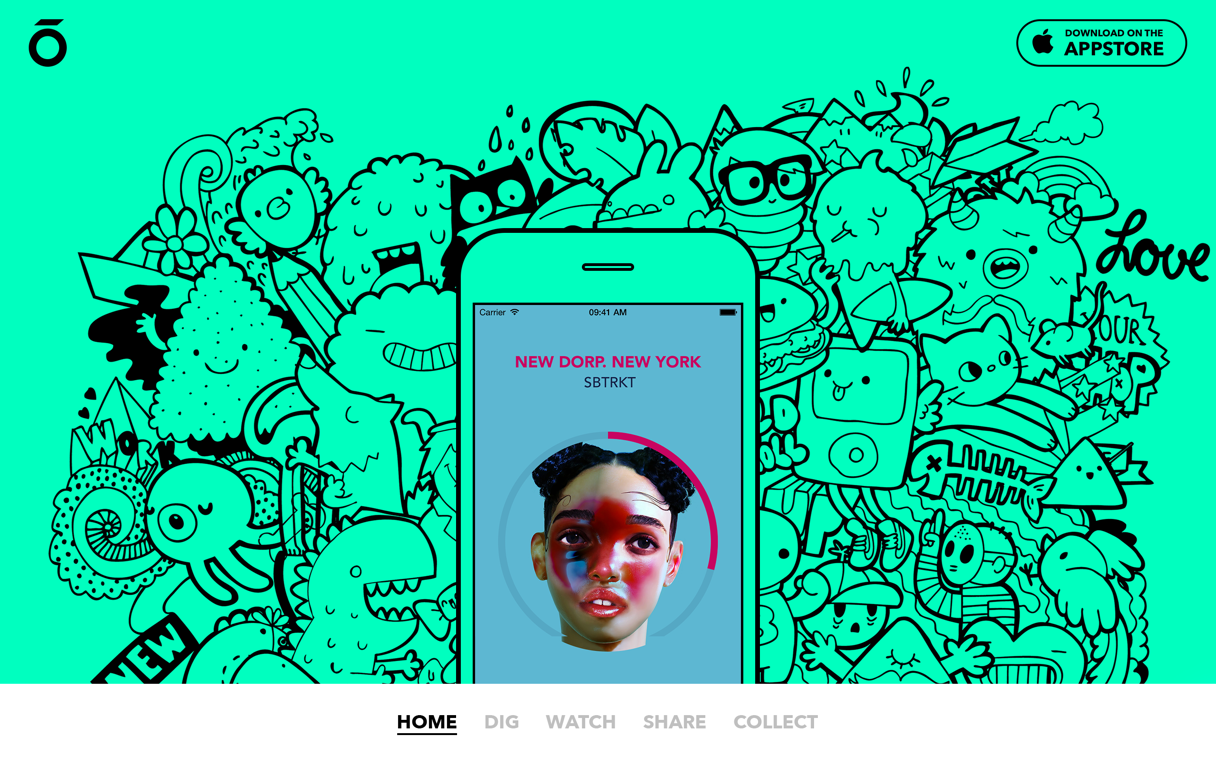
was also designed and developed by me.
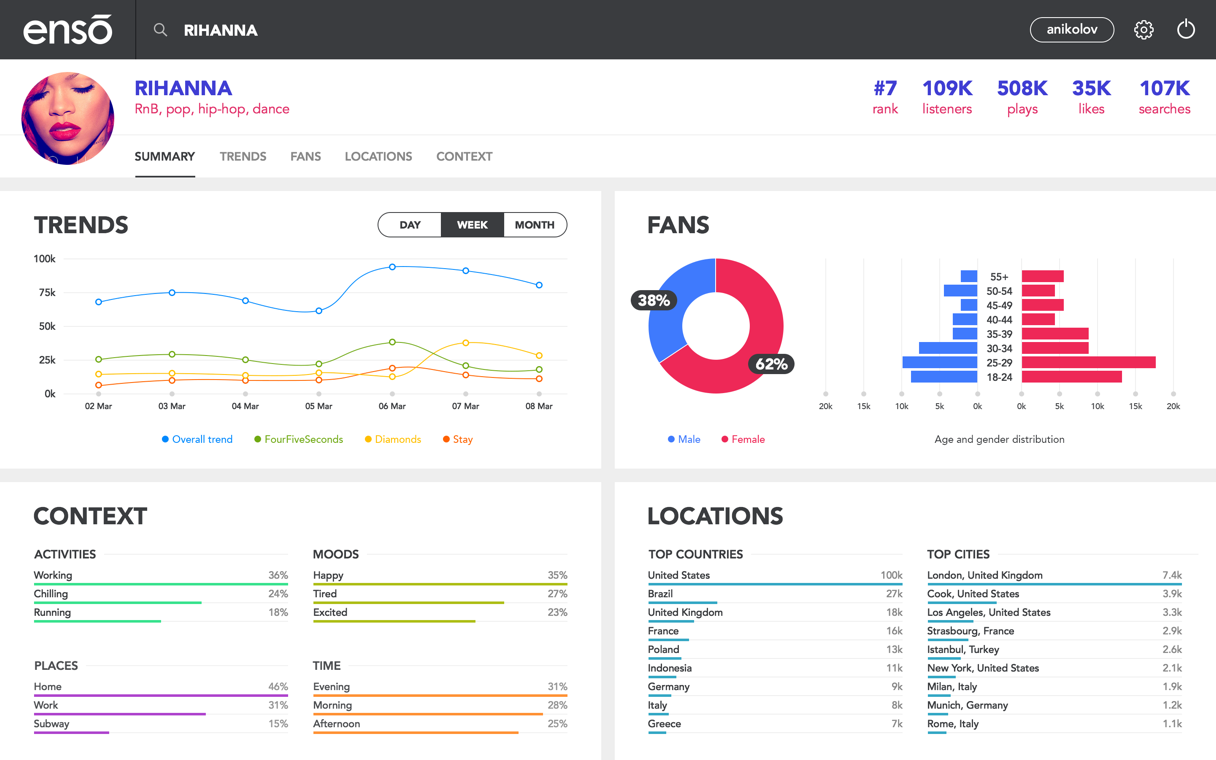
listening trends among the users of Enso.
